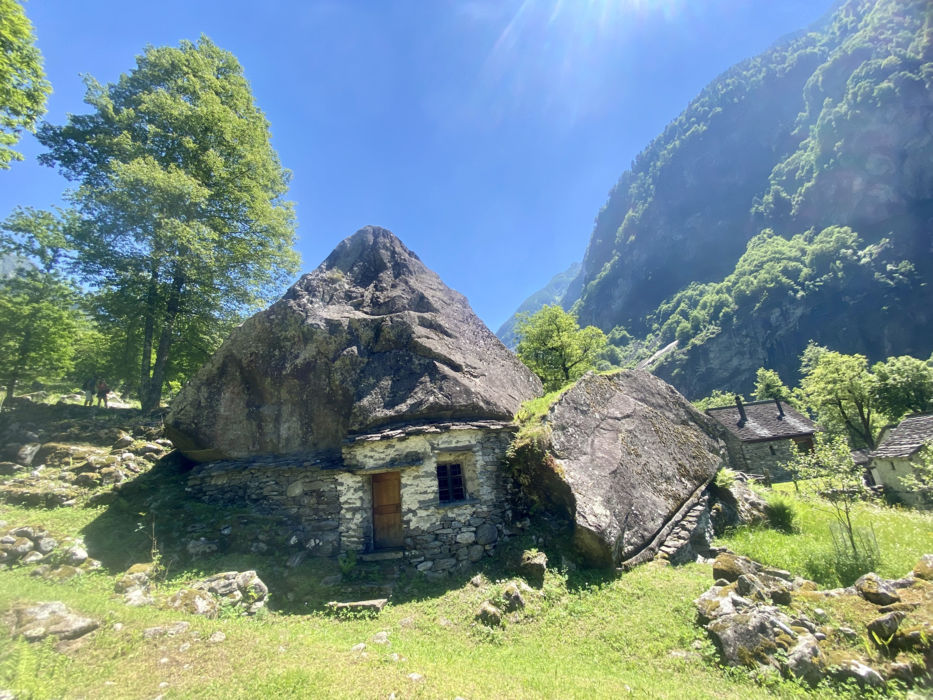
Hikers can explore an authentic corner of Europe that remains untouched by electricity from power grids, while walking along trails that are surrounded by terraced chestnut groves.
In the 1950s, when hydroelectric power was introduced to Switzerland’s Bavona valley, the residents of its 12 hamlets were faced with a decision. They had to vote on whether they should connect their valley – one of the steepest and most rugged in the Alps – to the electricity grid or maintain their traditional way of life.
Surprisingly, 11 out of the 12 hamlets chose to reject electricity, and that’s why as I walk the seven-mile trail connecting Cavergno in the south to San Carlo in the north on a sunny October day, I see no wires, poles, or antennas. It feels like I’ve been transported back in time to a simpler era.
Switzerland, ranked as the most “developed” country in the world according to the Human Development Index, is home to the Bavona valley, located 18 miles northwest of Locarno in the Italian-speaking canton of Ticino, which is a surprising departure from what one would expect.
Rachele Gadea Martini, the coordinator of the Fondazione Valle Bavona, which was established in 1990 to regulate building codes and preserve the valley’s heritage, joins me on my walk and describes the region as a truly unique place that has managed to maintain its traditional way of life over the past few centuries without the influence of technology and modernization. Visitor information is available at the Fondazione’s office in Cavergno, and the trail is easy to follow with plenty of signage and a clear path.
According to Martini, the road constructed for the hydroelectric plant not only endangered subsistence farming but also paved the way for new materials like bricks and metals to enter the valley for repairing the historic grey-stone cottages. Conservationists were concerned that these changes would strip Bavona of its identity and took swift action. By 1985, a regulatory plan had been established, laying the foundation for the foundation that was established five years later.
The Alps tower above, reaching heights of 2,500 meters and forming steep cliffs on either side of the Bavona River. This particular section of the trail, between Mondada and Fontana, has remained virtually unchanged for centuries, surrounded by terraced chestnut groves. Martini points out Mondada’s grá, a two-level stone structure used to dry chestnuts, which are then peeled, sorted, and ground into flour at a mill to make fiascia bread, a valley staple each fall that is slightly sweet and unleavened. She notes that prior to the arrival of crops such as potatoes, chestnuts were truly “the tree of life” in the valley.



